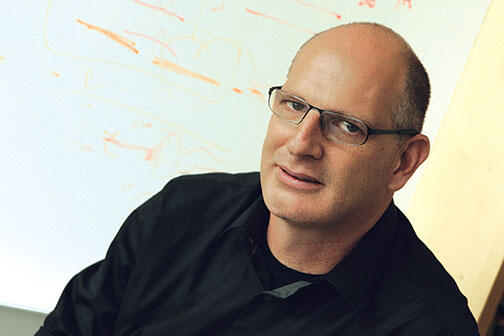Uri Hasson, an associate professor of psychology and a member of the Princeton Neuroscience Institute, is developing a model to understand how memory is used by the brain to process information. His work may help clinicians devise better methods for diagnosing memory disorders and provide insights about attention deficit hyperactivity disorder.
What is the conventional way to think about memory?
The metaphor comes from computer science. In modern computers, there is a separation between the parts that process information and the parts that store memory. In psychology, researchers separate the neural circuits into those that process information from working memory and those used for long-term memory systems. And this has really influenced the way scientists studying the brain think.
What is your theory?
Memory and processing are integrated in the brain because we constantly need to combine current and past information. When we engage in conversation, what was said a few seconds ago, a few minutes ago, and even a few hours ago is crucial for processing each incoming word. So I believe there is no separation between memory and processing.
How does this translate to what actually is taking place in the brain?
In the brain, you don’t see neurons dedicated to memory but not involved in the processing of information. We now know that each neural circuit can do both — retain information over time and dynamically respond to new, incoming information. This simple observation was overlooked by many researchers who have generally thought that in the brain, as in computers, memory functions are separate from the parts that do processing. That model was developed using clever, quick, controlled lab experiments, but, as we found in our research, it is not suitable for the processing of daily-life events — seeing a movie or conversing with a friend. So we started to develop a new model in which memory and processes are combined in each neural circuit.
Interview conducted and condensed by Anna Azvolinsky *09













No responses yet